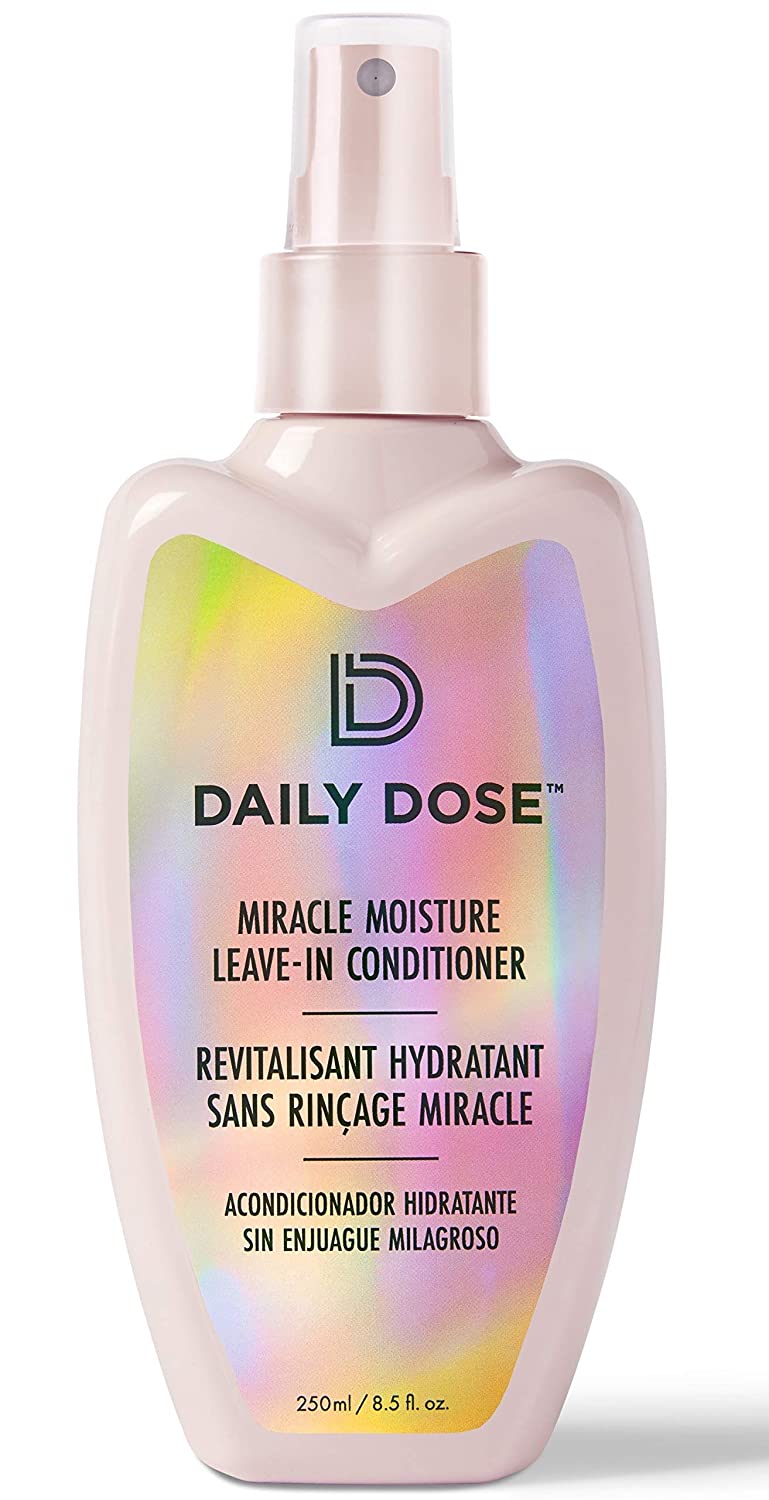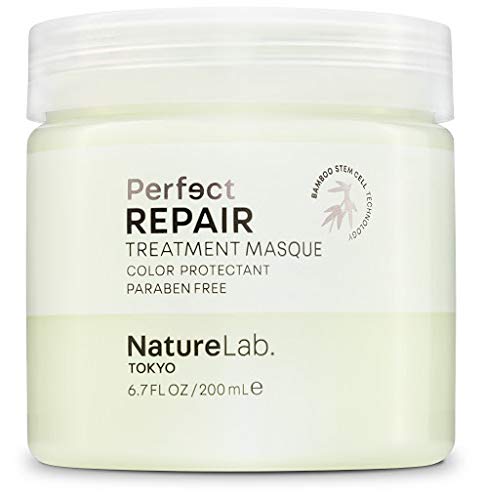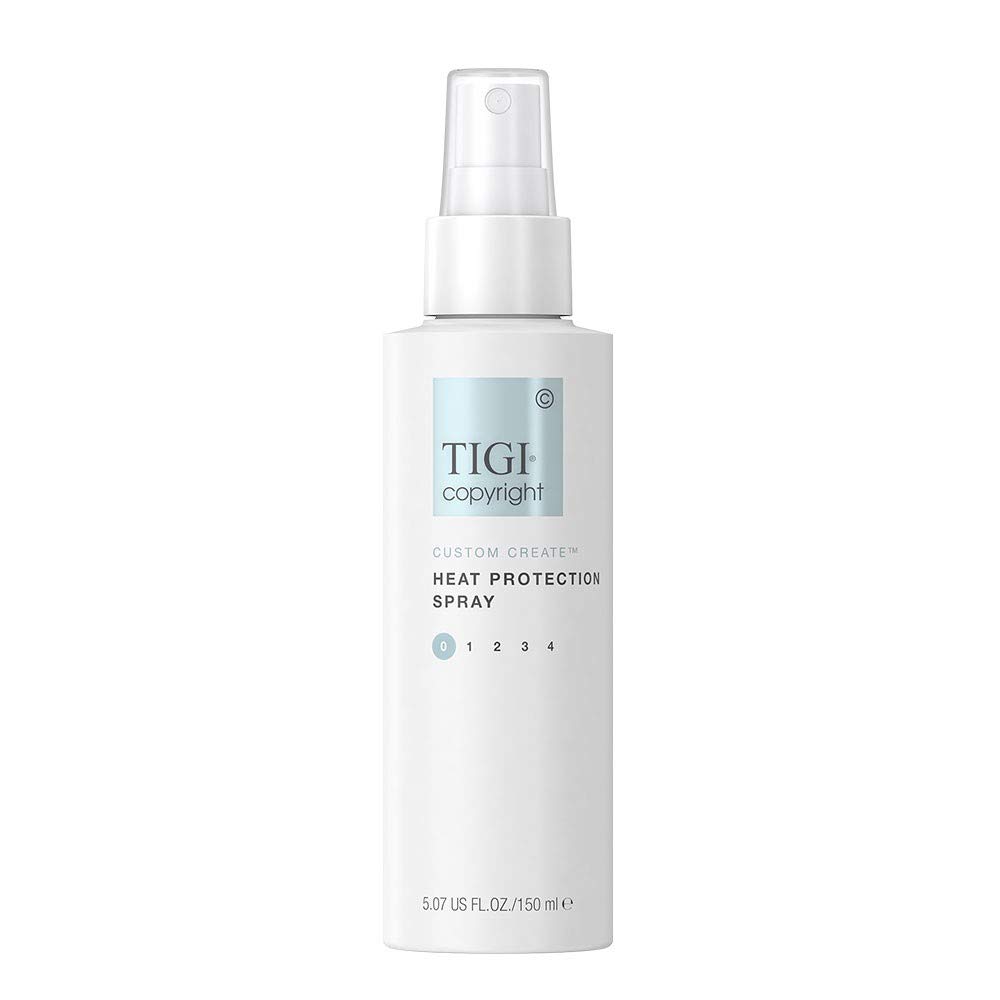This Is *Exactly* How Often to Get a Haircut, Depending on Your Length
A salon visit may not be the top priority on your to-do list between work, sweat sessions, and Kombucha cocktail hours, but treating yourself to a regular trim is actually an important part of self-care. "Your haircut says something about who you are and how you feel inside—it's part of taking care of yourself," says Rutger, a celebrity hairstylist for Streeters. "Getting a haircut can also be therapeutic, so if someone is feeling down, getting a new haircut can work miracles."
- Andrew Fitzsimons, celebrity hairstylist and founder of Andrew Fitzsimons Hair
Aside from the usual split ends (which, by the way, you should under no circumstances pull apart), you'll know it's time for a trim when your hair looks dry and drab, when curls get bulky, or when tangles seem to be commonplace.
That said, since every hair texture and everyone is different, you should talk to your stylist to devise a plan that's right for you. "Cutting your hair can feel like buying a new outfit," says Rutger. "When you wear something new it will boost your confidence and will make you feel good about yourself." And if that's not enough of a reason to make an appointment, I don't know what is.
{{post.sponsorText}}
Why it's important to get regular haircuts
Aside from the fact that overgrown hairstyles tend to look kind of meh, scheduling regular haircuts can offer overall health benefits for your hair. "In general, breakage and split ends lead to more breakage and more split ends, so by keeping your hair healthy and trimmed, you're preventing the need to later damage control," says celebrity stylist Andrew Fitzsimons. "Plus, damaged hair tends to look frizzy and is harder to manage, so your overall style is going to look better and be easier to handle when your hair is healthy."
Factors that determine when to get your hair cut
"How long you can go between cuts is influenced by a variety of factors and your own personal preference," says Fitzsimons. "Your hair's length, texture, width and style all play important roles, as well as the level of stress you're putting your hair through, including coloring or other chemical processes, heat styling, aggressive styles like tight ponytails and so on."
1. Length
According to Fitzimmons, your length plays a major role in how often you should get your hair cut ."If your hair is shorter, you'll want to think about getting a cut every 4-6 weeks in order to keep the style looking fresh," says . "If you have medium length hair, you can go a little longer-around every 6-8 weeks. Long hair can stretch as long as three to six months."
2. Texture
Your texture also impacts to length of time you're able to stretch out your haircuts. Generally, if you have coarse or thick hair, you can go longer than someone with fine or thin hair.
3. Hair health
Things like color treatments, heat styling, and chemical processes all play a role in the overall health of your hair, and therefore impact how often you should get it cut. "As long as you aren't putting your hair through chemical processes, rough styling or regular heat styling, you'll be able to extend the time between your cuts much longer," says Fitzsimons.
How to tell it's time for a haircut
Aside from the usual split ends (which, by the way, you should under no circumstances pull apart), you'll know it's time for a trim when your hair looks dry and drab, when curls get bulky, or when tangles seem to be commonplace. "A telltale sign of needing a haircut is if you're having trouble achieving the style you like—you'll notice it's just not working anymore," says Fitzsimons. What's more, severe frizz can indicate that your hair isn't at its healthiest or most hydrated, which may mean it's time for a trim.
How often to get your hair cut based on your hairstyle
1. The buzz cut: 3 weeks
For those women opting for the buzzcut, you'll need to schedule regular upkeep. Though it takes hair a full month to grow half-an-inch, people are better able to see the growth on a buzzcut because it's so short to begin with. Rutger says that to remedy this, you'll require touch-ups every three weeks.
2. The pixie: 6 weeks
The most important aspect of any short cut is maintaining the shape, so Rutger says that it's really important to get frequent cuts every six week to do so. This also might mean that your excuse to give hair a chop in the first place ("I just don't want to fuss with it anymore!") has officially been debunked.
3. The shoulder-length style: 8 weeks
A mid-length cut can hang on longer than a short one. You might start with something slightly above the shoulders and by the time the ends brush your shoulders again, you'll know it's time for a trim (like a biological iCal reminder). Rutger suggests that this is likely around every eight weeks.
4. The long cut: 3 months
For those with finer textures, who have one-length cut, you can tend to extend the life of your style for about three months time before seeing your stylist again. If your hair is heavily layered or is a thicker, curlier texture however, you'll want to shorten that time frame to avoid hair getting bulky. Notice when layers seem to disappear or when you find that the middle of hair is fuller than usual, and you'll know it's time for a snip.
How to keep your hair healthy between cuts
1. Lots and lots of hydration
2. Repair treatments
If your hair is prone to breakage, Fitzsimons recommends adding a protein repair treatment to your regimen, which he says will help to extend the life of your cuts. Try the Nature Lab Tokyo Repair Treatment Mask ($17), which can also be left in post-shower and used as a styling cream.
3. Heat protection
Since heat damage is one of the main causes of hair breakage, you'll want to make sure to use a heat protectant every time you're styling with a blowdryer or iron. "This step is so frequently skipped, but it truly makes such a huge difference in keeping your hair strong and healthy long term," says Fitzsimons. "I love the TIGI Copyright Heat Protection Spray, which is totally weightless but keeps the strands safe from the stress of hot styling tools."
Want to hack your hairstyling routine based on your texture? Check out the video below.
Want even more beauty intel from our editors? Join Well+Good's Fine Print Facebook group (and follow us on Instagram) for must-know tips and tricks.
Loading More Posts...


